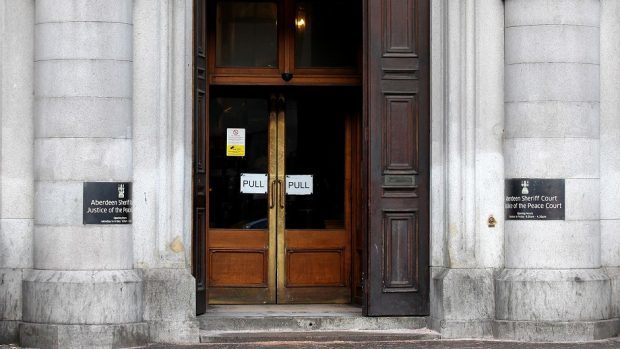More than £3million was seized from criminals in the north and north-east of Scotland in just two years.
New figures eveal that just under £2.3million was recovered through proceeds of crime legislation in the Grampian and Highlands and Islands sheriffdoms in 2013/14, with about £1.4million recovered in 2014/15.
The Proceeds of Crime Act was introduced more than a decade ago to hit the pockets of criminals, and has predominantly been used to target drug dealers.
Last night, a senior legal officer said the orders played a key role in “disrupting and dismantling criminal enterprises”.
But Scottish Labour’s justice spokesman said he was concerned by the fall in the amount recovered between both years.
Graeme Pearson MSP said: “I am a firm supporter of the policy that support confiscation orders. Unfortunately I don’t believe the Scottish Government applies sufficient support to those who initiate and collect the sums to be confiscated. The substantial fall in the values this year reflects that reality.”
The Scottish Courts and Tribunals Service (SCTS) confirmed confiscation orders are normally meted out for “very high value” amounts, upwards of £100,000.
The cash paid to the SCTS is then handed over to the Scottish Government and its Scottish Consolidated Fund.
Lindsey Miller, procurator fiscal for organised crime and counter terrorism, however was quick to defend the fluctuation between the figures, which were obtained by the Press and Journal through a freedom of information request.
She said: “The value of confiscation orders will naturally vary year on year which is not unexpected and such fluctuations should not be used as a measure of success in tackling those who would seek to benefit from crime.
“Confiscation orders are based on a conviction for an offence where the Crown can demonstrate that the convicted person has benefited from crime and has realisable assets which can be the subject of such an order.
“Our priority is disrupting and dismantling criminal enterprises and wherever possible ensure they do not make financial gain from illegal activity.”
Since 2008, the government has used the money to hand out £78million to communities and local initiatives, as part of its Cashback for Communities scheme.
A Scottish Government spokeswoman said: “The Proceeds of Crime Act continues to be an extremely powerful and effective tool in the fight against organised crime in Scotland. Recovery of criminal proceeds takes time and depends on a variety of factors.”
